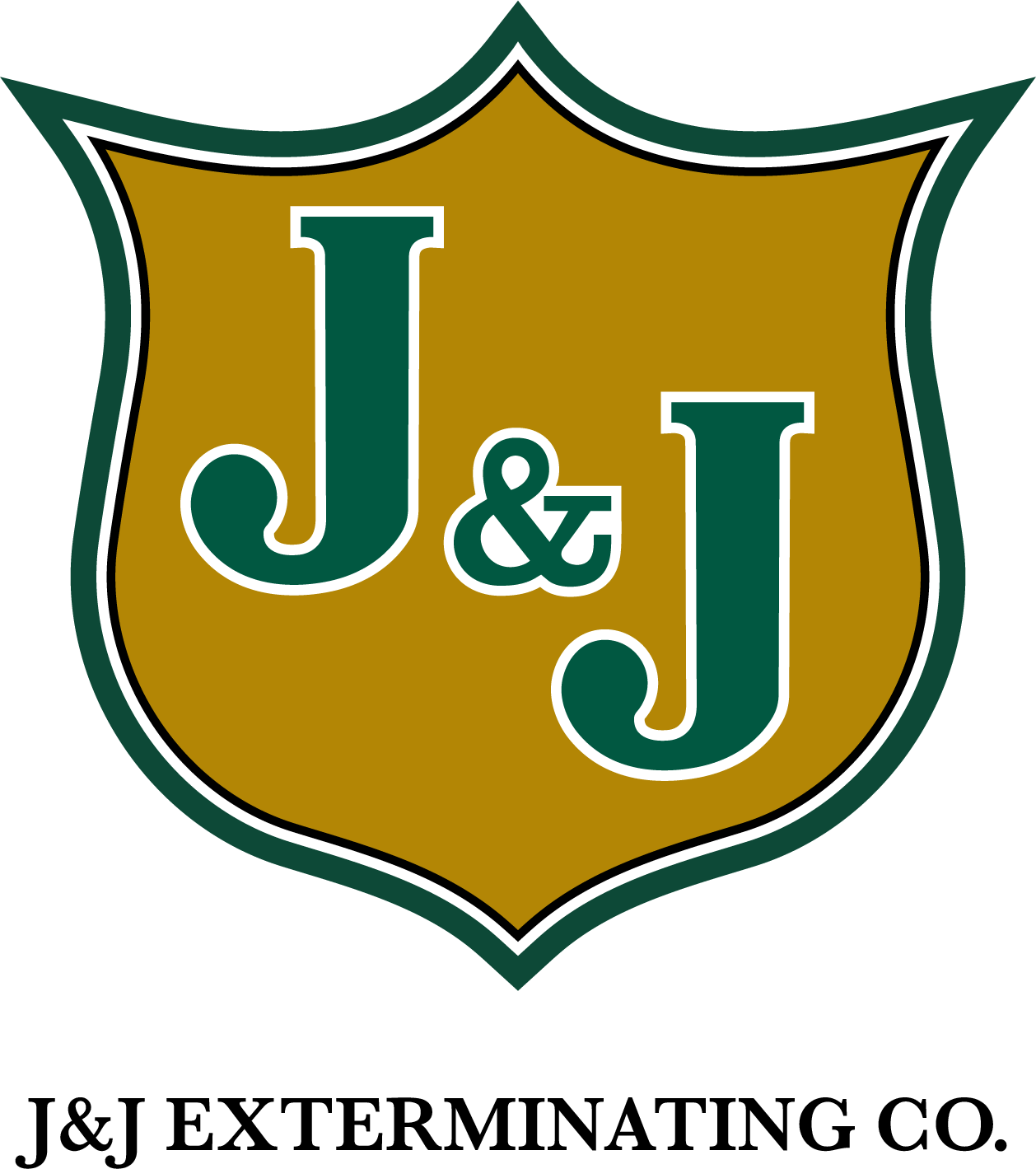Every New Orleans resident knows that termites are tremendously destructive insects within the city and the rest of the state. Destructive termites have always been an issue within the city’s old buildings, but once the invasive Formosan subterranean termite emerged in urban areas of New Orleans, the destruction caused by termites became impossible to miss in the city. For example, during October of 2014, a structure that was more than 200 years old came crashing to the ground right in the middle of a busy intersection within the historic French Quarter. While the cause of the collapse has never been determined with certainty, experts insist that a long lasting and extensive termite infestation in the building played a major part.
The now non-existent building was located on Royale St, and it had been built back in 1801. A day after the incident, the head of the Vieux Carre Commission stated that the building collapsed due to several factors, including rot, water damage, soft bricks, and most of all, termites. Termites are particularly abundant within buildings that are both old and water-damaged, as old buildings were not constructed to be resistant to termite infestations and the destructive insects only establish infestations within buildings that contain high-moisture levels and preferably damp wood. By locating water damaged structural wood, subterranean termites can survive solely within the compromised wood without having to return to the ground soil for water. The building was three stories tall and the first portion to fall was the balcony and part of the facade. Despite efforts to keep the rest of the building standing in order to conduct a controlled demolition, the rest of the facade, as well as the entire roof, came tumbling down the next day. No injuries were reported, but the debris was so abundant that it took weeks to clear the surrounding area. The building’s owner could not be reached.
Were you aware that termite damage could cause infested, or formerly infested buildings to collapse?
Tags: Termite Control, Termites



